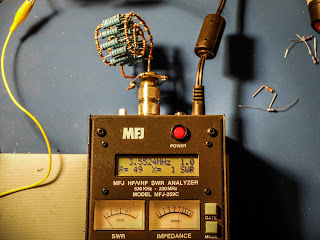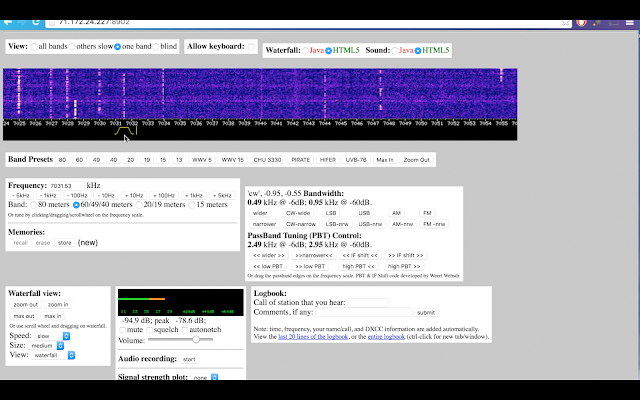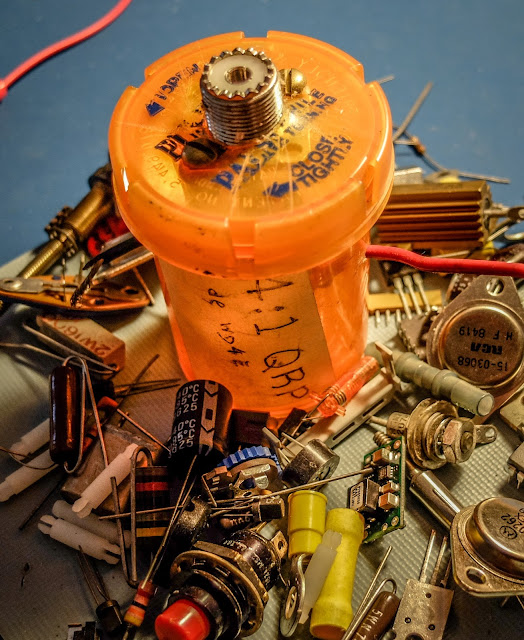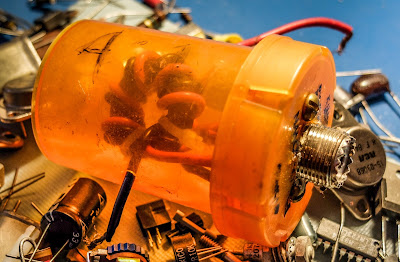Comparing CW audio
The Elecraft KX3 and the Ten-Tec Eagle
The bands were very poor today from my home and finding stations to operate were few and far between, especially at QRP power. So I thought I'd take a break from operating and create a brief video demonstrating the CW audio differences between the Ten-Tec Eagle and the Elecraft KX3.
The radios
The Elecraft KX3 and Ten-Tec Eagle don't have much in common apart from having DSP architectures and both being from American radio manufacturers. The Eagle is devoid of bells, whistles and has no-menus. On the Eagle, what you see is all you get, as opposed to the KX3 which has multiple kitchen sinks stuffed into it's tiny enclosure.
Setup
Both radios have their pre-amps off and DSP bandwidth set to 500 Hz. I have the RF gain reduced by about 15dB on each radio since turning up the RF gain on a noisy day like today just makes for white noise.
During the video I operated the NR (noise reduction) button on the Eagle to demonstrate how it makes a signal pop and in the same manner operate the APF (audio peaking filter) on the KX3. I end the demonstration by reducing the DSP bandwidth down to about 100 Hz on each radio. The Eagle has both 600 Hz and a 300 Hz IF filters so it gets a bit of insertion loss when I pass through the 300 Hz setting. There were no adjacent signals so the IF filtering wasn't doing anything for either radio in this case.
The audio from the Eagle is coming from its built-in speaker, while on the KX3 I'm using an iHome external, self-powered, speaker. The KX3 has an abysmal internal speaker and there's little point in trying to listen to it compared to a radio with a real speaker. In my opinion that speaker is one of the few serious flaws in the KX3.
After I shot the video I realized that there was a bit of a bias against the Eagle's audio because the microphone in the camera was below the top of the Eagle's case and thus wasn't directly hearing the cabinet speaker, whereas it was in direct view of the external speaker connected to the KX3. The Eagle's audio sounds crisper than this in person when your ears have a straight shot to the speaker.
Subjective listening
Audio is a very subjective thing because people can hear the same thing very differently so I won't comment on my opinion on which I prefer.
I would however be curious to hear other's opinions.
That's all for now
So lower your power and raise your expectations
73/72
Rich, AA4OO














